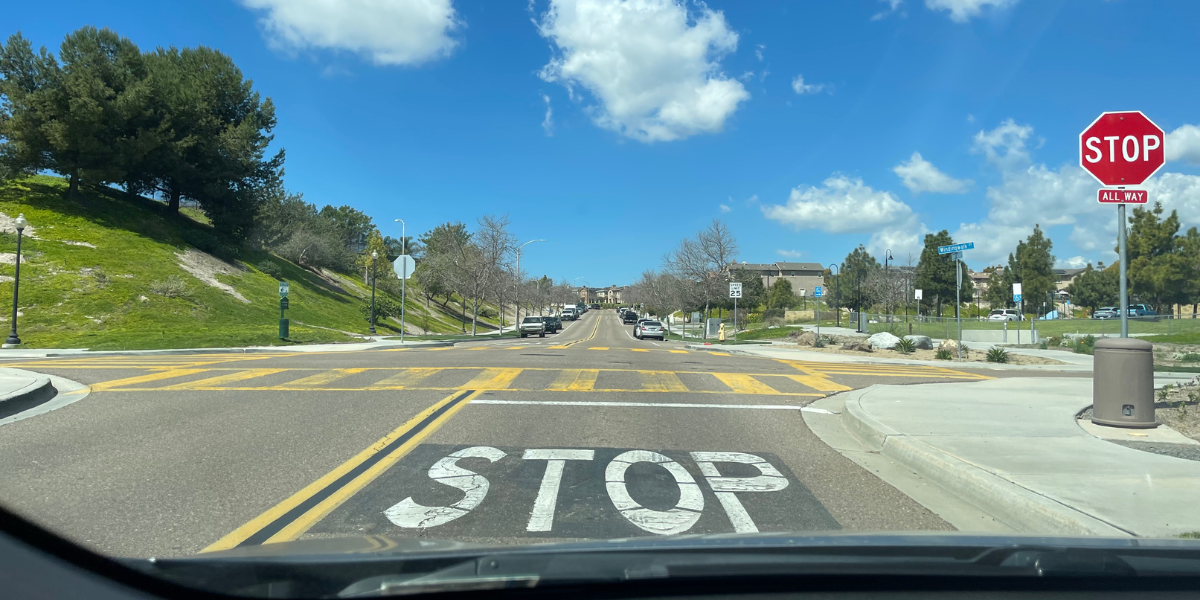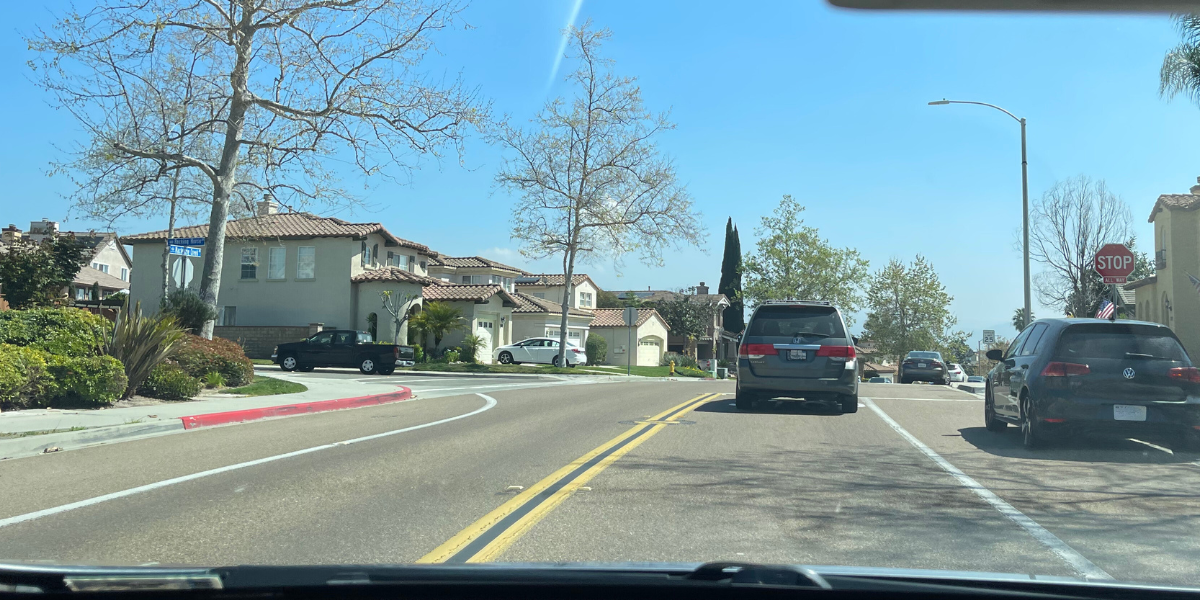California’s Stop Laws: A Guide to Safe and Legal Driving
| California Driver’s License and Permit |
Navigating the roads in California requires a deep understanding of various traffic laws to ensure both safety and compliance. Among these, the rules regarding stopping at intersections, observing limit lines, maintaining an appropriate distance from other vehicles, and the expected duration of stops are crucial for every driver. This guide provides insights into California’s stop laws as outlined in the California Driver Handbook and the California Vehicle Code, offering essential knowledge for both novice and seasoned drivers.

The Significance of Limit Lines in California
California intersections often feature “limit lines” marked by thick white lines on the road. These lines indicate where a vehicle must come to a complete stop. According to the California Vehicle Code (CVC) Section 21453, drivers are required to stop at the limit line when present. In the absence of a limit line, the vehicle must stop before entering the crosswalk. If there’s no crosswalk, the driver should stop at the nearest point to the intersecting roadway where they can safely view oncoming traffic before proceeding. Adherence to this rule is vital for the safety of pedestrians and other motorists alike.
The Correct Distance for Stopping Behind Other Cars
An important aspect of stopping at intersections is the distance maintained between your vehicle and the one in front. It is advised that when stopped, you should be able to see the bottom of the tires of the vehicle in front of you touching the road. This guideline ensures that you have left enough space between the vehicles to allow for safe maneuvering if necessary. It’s a crucial practice that contributes significantly to preventing fender benders and ensures there’s adequate room to navigate around the vehicle in front if they become immobilized.
How Long Should You Stop?
While the California Vehicle Code mandates a complete stop at stop signs and signals, it doesn’t specify a fixed duration for the stop. The California Driver Handbook recommends that after coming to a full stop, drivers should spend sufficient time to observe their surroundings and ensure it’s safe to proceed. A complete stop should last a minimum of 2-3 seconds. This pause is essential for assessing the situation, including checking for pedestrians, cyclists, and other vehicles, thus making informed decisions about safely navigating through the intersection.
Proceeding After a Stop with Caution
After making a full stop and it’s deemed safe to proceed, do so with caution. It’s particularly important to be watchful for pedestrians, cyclists, and other vehicles that may have the right of way. In some instances, after a complete stop and if your view is obstructed, drivers may roll slowly forward to the top edge of the sidewalk to better check for traffic that may have the right of way. This careful approach helps in reducing the chances of collisions and ensures smoother traffic flow.

California’s Stop Laws: A Guide to Safe and Legal
Understanding and following California’s laws for stops is crucial for safe driving and legal compliance. By recognizing the importance of limit lines, maintaining an appropriate distance from the vehicle ahead, making full stops, and cautiously proceeding after evaluating your surroundings, you play a part in creating a safer driving environment for everyone. Safe driving practices protect not only you but also the well-being of other road users. Stay informed, stay safe, and ensure your driving habits reflect the careful consideration of California’s traffic laws.
Adherence to the guidance provided in the California Driver Handbook and the California Vehicle Code allows drivers to navigate the roads more safely and confidently, knowing they are in full compliance with state laws. This knowledge is essential for preventing accidents and ensuring a pleasant driving experience for all Californians.
Drive with Confidence!
Keep up with all the latest driving news. Expolre our blog packed with essential tips and expert advice on all things related to DRIVING!

